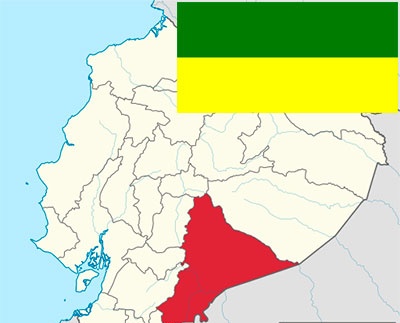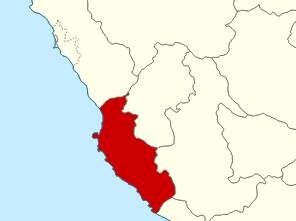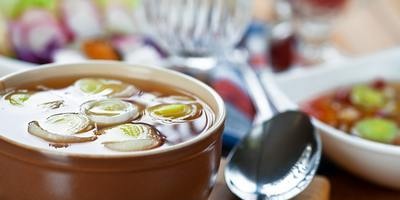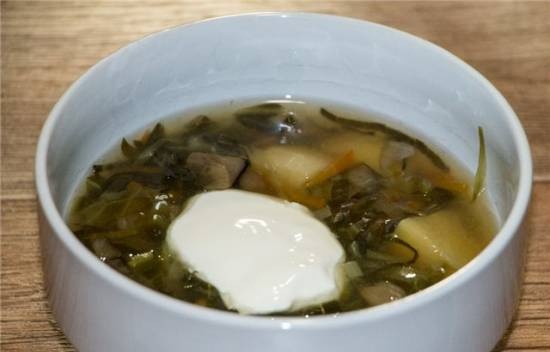|
 The province of Morona Santiago, stretching in the east of the republic along the Peruvian border, occupies more than 25 thousand square kilometers of the Ecuadorian Amazon, crossed by rivers, low mountain ranges and covered with jungle. The humid forests of the region are the historical homeland of several Indian peoples belonging to the Jibaro linguistic group, who to this day maintain a connection with nature and draw vital resources from it: Achuara, Shiviara and Shuara. The province of Morona Santiago, stretching in the east of the republic along the Peruvian border, occupies more than 25 thousand square kilometers of the Ecuadorian Amazon, crossed by rivers, low mountain ranges and covered with jungle. The humid forests of the region are the historical homeland of several Indian peoples belonging to the Jibaro linguistic group, who to this day maintain a connection with nature and draw vital resources from it: Achuara, Shiviara and Shuara.
The climate and varied vegetation of the Amazon give insight into its regional cuisine, based on the customs of the Jibaro and Creole ancestors, modern fish and poultry farming, and hunting and gathering. Commonly used foods include cassava and cassava flour, potatoes, river fish, vegetable banana, palm hearts, poultry and eggs, beef, pork and lard.
The most representative dish of Shuara gastronomy is ayampaco - meat or fish, wrapped in calathea leaves and grilled. Before the arrival of Europeans in the jungle, it was cooked with Amazonian karachi fish, seasoned with palm heart and local spices. The colonialists adapted the dish to their liking, and now the ayampako has 17 types of filling from river fish, chicken, beef and ground beef, pork and offal mixed with animal fat, onions, potatoes or cassava and spices. Often the dish is accompanied by tea made from guayusa, once served as a ritual drink for the Indians of the Amazon.
Rumbuela, a soup with cassava and meat, appeared in the gastronomy of the region in the 16th century, when the conquistadors sent the Indians to the mines. Freshly brewed rambuela was consumed along with broth, and for a snack during work, they took chilled grounds, consisting of beef ribs, cassava, onions and garlic... After some time, its preparation turned into a wedding tradition to thank the guests for attending the wedding ceremony. Nowadays, this soup is suitable for daily consumption, and its mixture of spices - annatto, cumin, coriander and cassava (cassava flour) - has been found to stimulate lactation.
Much of Moron Santiago's cuisine is formed by the many varieties tamales, boiled or baked in calathea leaves:
 • tamal de yuca includes mashed cassava, chopped boiled beef or pork, hard-boiled egg, lard, onions, garlic and cilantro and boiled in water for 10 minutes; • tamal de yuca includes mashed cassava, chopped boiled beef or pork, hard-boiled egg, lard, onions, garlic and cilantro and boiled in water for 10 minutes;
• tamal de palmito filled with minced pork, finely chopped white onions and palm heart, seasoned with caraway seeds and garlic and cooked for about half an hour in a little water in a pot with a tightly closed lid;
• caucho involves stuffing with cassava puree with molasses and steaming, often such tamali are eaten with cheese;
• filling for tamal de pollo prepared from chicken breasts with white onion, heart of a palm tree and parsley.
Peanuts are a common ingredient in Shuar gastronomy. With its addition, they prepare tacacho - hot mashed potatoes from vegetable banana boiled in water with fried onions and ground peanuts, often served as breakfast for the inhabitants of the Amazon. Remola (remola) is a puree of nuts, boiled with salt, served with cassava and a guayusa drink. Sometimes remola is wrapped in calathea and left for 2-3 days to ferment and give the dish a specific flavor.
Among Shuara drinks, the most famous are:
• guayusa - tea rich in caffeine and theobromine;
• cane sugar chicha (chicha de cana) - a festive alcoholic drink of Creole origin;
• chicha de chonta - fermented drink of Indian origin from the fruits of the peach palm;
• chicha de yuca - a pureed cassava drink fermented for five days, sweet potato and a vegetable banana.
Elena
|
 The province of Morona Santiago, stretching in the east of the republic along the Peruvian border, occupies more than 25 thousand square kilometers of the Ecuadorian Amazon, crossed by rivers, low mountain ranges and covered with jungle. The humid forests of the region are the historical homeland of several Indian peoples belonging to the Jibaro linguistic group, who to this day maintain a connection with nature and draw vital resources from it: Achuara, Shiviara and Shuara.
The province of Morona Santiago, stretching in the east of the republic along the Peruvian border, occupies more than 25 thousand square kilometers of the Ecuadorian Amazon, crossed by rivers, low mountain ranges and covered with jungle. The humid forests of the region are the historical homeland of several Indian peoples belonging to the Jibaro linguistic group, who to this day maintain a connection with nature and draw vital resources from it: Achuara, Shiviara and Shuara.









